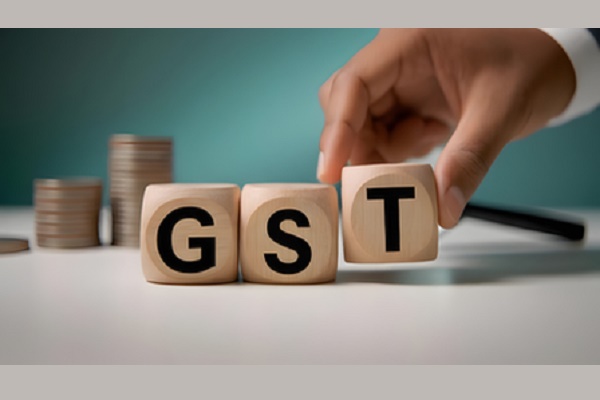Top Conviction Ideas: FMCG Sector Update Q2FY26 Review by Axis Securities

GST-led Temporary Disruptions; Rural Continue to Outperform
* Temporary Logistic Disruptions due to GST 2.0 Reforms, Rural Stays Resilient: Most Staples delivered single-digit topline growth in Q2FY26, aided by stable selective raw material prices with improving urban sentiment amid easing inflation, while rural demand remained more resilient. However, the Q2 was impacted due to temporary market disruptions caused by the transition to new pricing structures. Combined with unseasonal rains that hit peak summer demand, particularly in beverages and glucose. However, management commentary indicates a gradual volume recovery over the next 2–3 quarters, with a stronger rebound expected in H2FY26 on the back of lower GST rates, coupled with the festive season and easing inflation are expected to support household purchasing power, boost consumer sentiment, and accelerate demand recovery across rural and semi-urban regions. Overall, the consumption sector stands out as a key beneficiary, with branded FMCG products likely to witness stronger volume growth in the near term.
* Rural Demand Recovery Sustains: Easing rural inflation (with minimal impact from food inflation), higher government spending, better harvests, higher MSP and above normal rainfall outlook have improved overall sentiments in rural are expected to drive rural demand in the coming quarters as well.
* Gross Margin Under Pressure; EBITDA Margins in a ‘Wait & Watch’ Mode: Aggregate margins were contracted due to gross margin contraction, weak leverage, and stable advertisement spends.
How Have Companies Performed in Q2FY26?
* Demand Recovery Likely to be in H2FY26: FMCG topline growth remained mixed in Q2, impacted by GST-led disruptions, which dragged growth, coupled with unseasonal rains affecting summer categories, along with rising competition. However, rural consumption continues to outperform, aided by easing inflation, higher MSPs, and increased government spending, with a more broad-based recovery expected in H2FY26.
* Companies have highlighted that volume recovery is likely to be seen in the next 2-3 quarters, and a pick-up is expected only from H2FY26 on account of recent GST 2.0 reforms, easing inflation, interest rate cut, and above-normal monsoon, which is expected to boost consumption going forward.
* On the Gross Margins front, most companies reported muted performance.
What Makes the FMCG Sector a Good Bet?
* Structural Growth Trajectory: Indian FMCG companies are on a structural growth path, with several categories like shampoos and premium detergents still under-penetrated and underserved. Increasing rural penetration further strengthens the sector’s growth potential. Additionally, government tax incentives, potential rate cuts, and the recent GST rate reduction are expected to further spur consumption.
* Premiumisation Agenda Driving Overall Growth: With rising purchasing power, Indian consumers are increasingly opting for premium and branded products. This premiumisation trend is expected to be a key growth driver for the FMCG sector.
* Best-in-Class Return Ratios (ROCE, ROE): In a volatile, uncertain, complex, and ambiguous (VUCA) environment, the FMCG sector stands out for delivering best-in-class return ratios such as ROCE, ROE, and dividend yield, ensuring longterm capital protection.
For More Axis Securities Disclaimer https://simplehai.axisdirect.in/disclaimer-home
SEBI Registration number is INZ000161633























